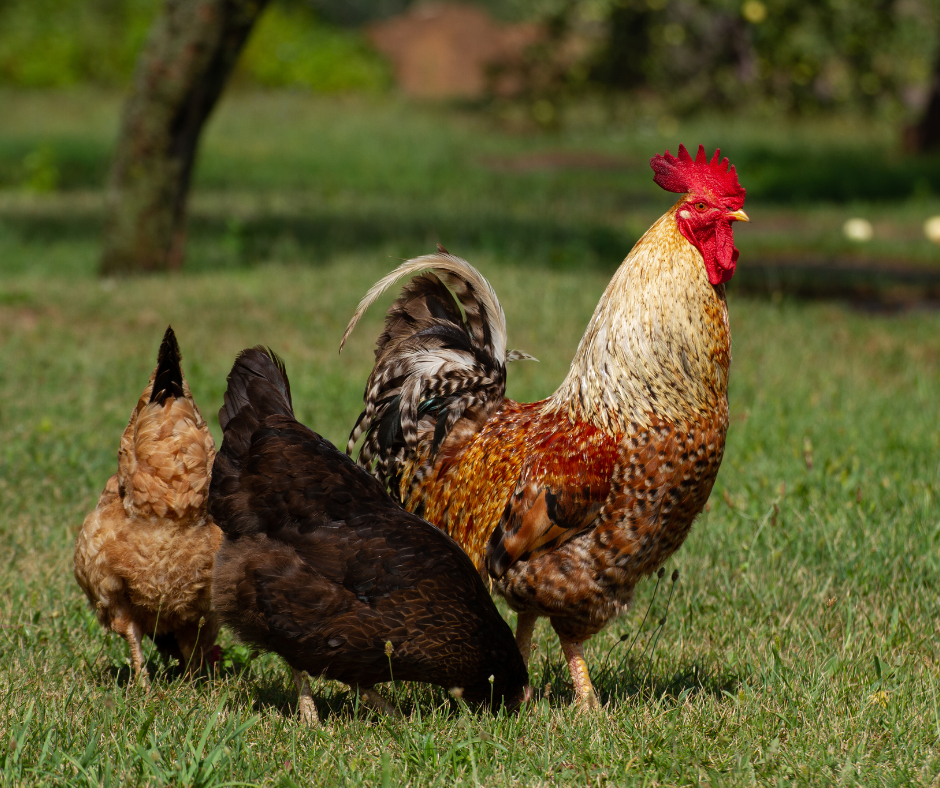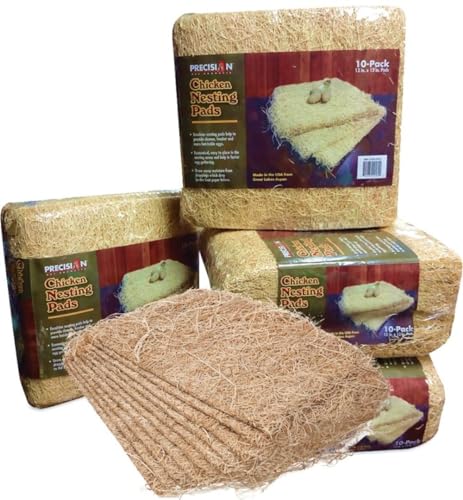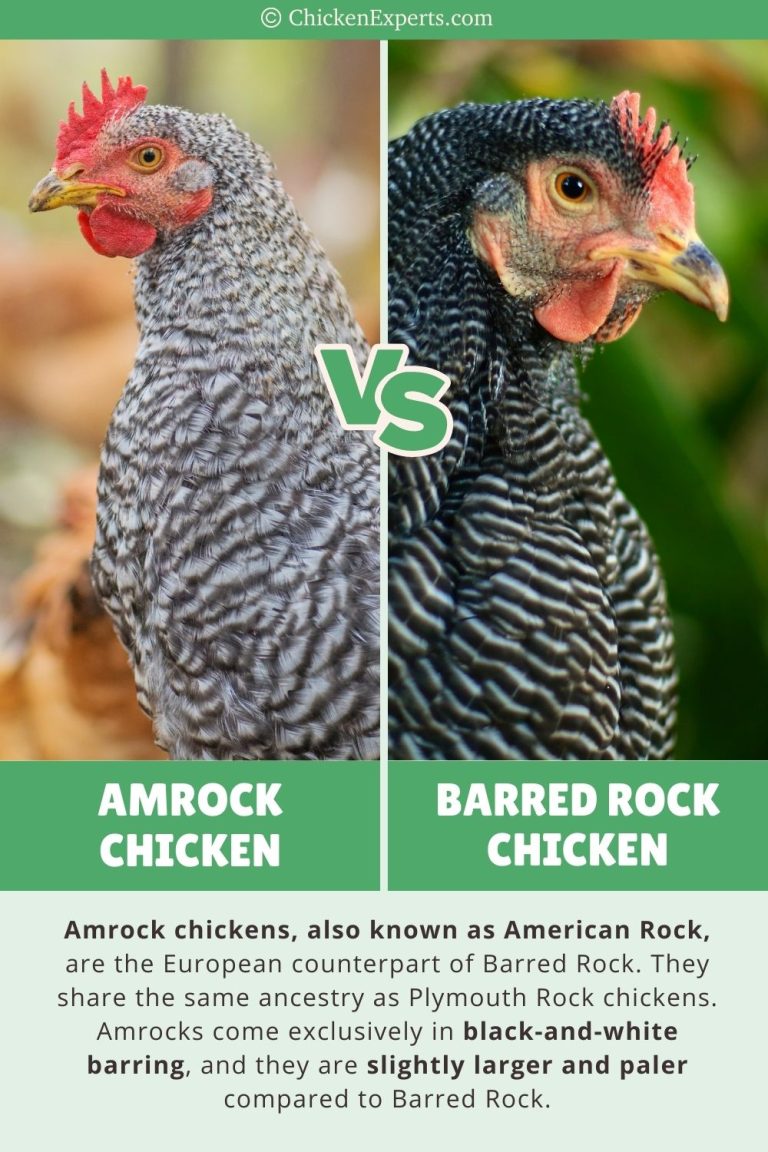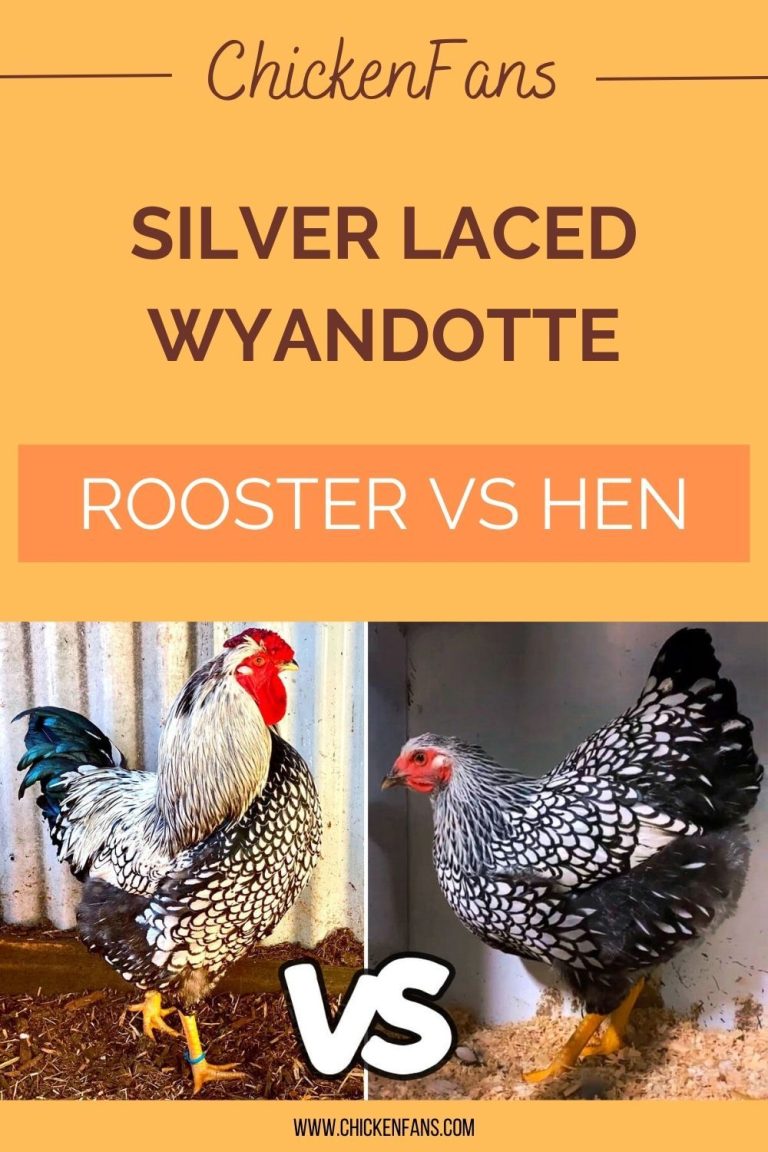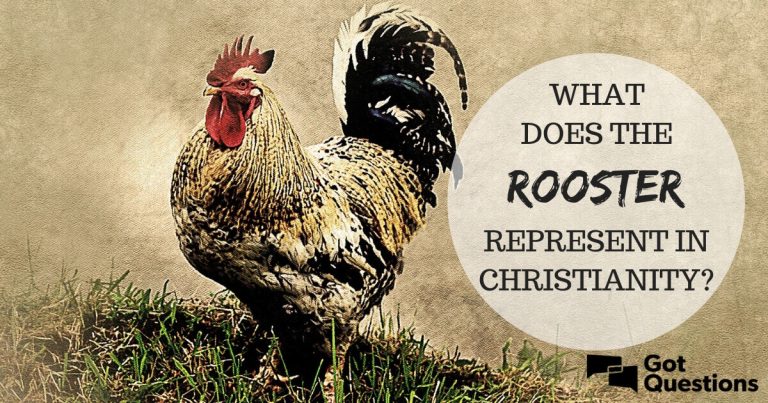How Many Chickens to a Rooster?
A good rule of thumb is to have one rooster for every 8 to 12 hens. This ratio ensures optimal mating and minimizes stress among the flock.
Choosing the right number of chickens for a rooster is essential for a healthy flock. The balance between roosters and hens affects egg production and social dynamics. Too many roosters can lead to aggressive behavior, while too few can strain mating opportunities.
Being aware of this balance makes maintaining harmony in your poultry setup easier. This choice is influenced by various circumstances, such as breed, available space, and individual personalities. Proper management ensures all birds thrive, leading to a productive and peaceful environment. This knowledge is invaluable for new and seasoned chicken keepers aiming for a happy flock.
Here is the guide to How Many Chickens to a Rooster?
The Importance Of Flock Balance
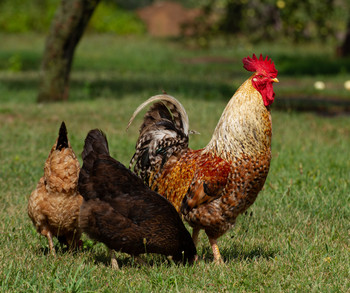
Credit: grubblyfarms.com
Maintaining a healthy flock requires a good balance of hens and roosters. The ideal ratio is usually 10 to 1, meaning one rooster for every ten hens. This ratio helps ensure efficient breeding and keeps the flock harmonious.
A lower number of roosters can lead to stressful situations. Too many roosters can cause aggression and fighting among them. Finding the right balance helps in keeping the hens safe and happy.
Egg production also benefits from a proper ratio. Hens need a comfortable environment to lay eggs. A well-balanced flock leads to higher egg yields and better overall health.
Decoding Chicken Behavior
The social structure in a chicken coop is quite fascinating. Chickens have a clear pecking order. A rooster often leads the flock. He protects the hens and ensures their safety. Having one rooster with several hens is ideal. A good ratio is one rooster for every eight to ten hens. This balance helps maintain harmony.
Roosters also play a role in communication. They alert hens to danger and signal feeding times. Their crowing establishes territory and attracts hens. In a balanced coop, both roosters and hens thrive. Too many roosters can lead to fighting. A peaceful environment is best for all birds.
Ideal Chicken To Rooster Ratios
The ideal ratio of chickens to roosters varies. A common guideline is 10 hens for each rooster. This helps maintain a peaceful flock. Too many roosters can cause stress among hens.
Factors influencing the ratio include space, breed, and purpose. For example, more space allows for extra roosters. Some breeds are calmer, needing fewer roosters. If the goal is breeding, having more roosters can be beneficial.
| Factor | Details |
|---|---|
| Space | More space allows for more roosters. |
| Breed | Certain breeds are easier to manage. |
| Purpose | Breeding needs more roosters than a pet flock. |
Breed Specific Considerations

Credit: en.wikipedia.org
Choosing the right ratio of chickens to a rooster depends on the breed. Heritage breeds often need more hens per rooster. A common ratio is 10 hens for each rooster. This helps keep the flock happy and healthy.
Hybrid breeds are different. They can often handle a higher ratio. Some can thrive with 15 to 20 hens per rooster. This is because they are usually more robust and less aggressive.
Understanding temperament is key. Heritage roosters tend to be gentler. They often require fewer hens to maintain peace. Hybrid roosters can be more assertive and may need more hens to spread their attention.
Space And Resources
The size of the coop and available land are very important for chickens. A rooster needs enough hens to be happy. A good rule is one rooster for every 8 to 10 hens. This keeps the flock balanced and reduces stress. If the coop is too small, fights can happen. Make sure there is enough room for everyone to move around.
Feeding a balanced diet is vital for all chickens. They need grains, vegetables, and proteins. Fresh water should always be available. A well-fed flock is healthier and lays more eggs. Keep an eye on each chicken’s health. Proper care leads to a happy and productive flock.
Managing A Multi-rooster Flock
Managing a multi-rooster flock can be tricky. Start by introducing new roosters slowly. Keep them in a separate area for a few days. This allows the existing flock to adjust to their presence.
To avoid aggression, introduce the roosters during a calm time. Watch for any signs of fighting. If aggression occurs, separate the roosters immediately.
To prevent overbreeding, maintain a good rooster-to-hen ratio. A common ratio is 1 rooster for every 10 hens. This helps ensure all hens are cared for without stress.
Regularly check the flock for health issues. Healthy birds are less likely to show aggression. This keeps the flock happy and safe.
Signs Of An Imbalanced Flock
Monitoring flock dynamics is important for a healthy environment. An unbalanced flock can lead to stress and aggression. Keep an eye on the behavior of your chickens and rooster. Look for signs of bullying or excessive pecking. This can indicate that there are too many hens for one rooster.
Corrective measures may include restructuring the flock. Adding more hens can help, as a good ratio is 10 hens for each rooster. If problems persist, consider rehoming some chickens. This can restore harmony and improve overall health.
| Flock Ratio | Number of Hens |
|---|---|
| 1 Rooster | 8-12 Hens |
| 2 Roosters | 16-24 Hens |
Conclusion: How Many Chickens to a Rooster?
A general rule of thumb for backyard flocks is 8-10 hens per rooster. This can help ensure effective breeding without overwhelming the rooster to where he may become hostile. You can keep this same ratio in larger flocks or increase it slightly to 12-15 hens per rooster. If you’re keeping chickens just for eggs, you don’t need a rooster at all; hens will lay eggs without one.
FAQs
How many roosters for 20 hens?
For 20 hens, 2-3 roosters would be adequate. While one rooster can serve up to 8-10 hens, having one or two backup roosters acts as insurance against your primary rooster getting injured or less virile. But too many roosters invite fighting and stress among the birds. The key is maintaining a ratio of roughly 1 rooster per 8-10 hens.
How many roosters for 15 hens?
The optimal number for a flock of 15 hens is 1-2 roosters. A typical rule of thumb is 8 to 10 hens per rooster: one can properly service that many and keep order among the flock. Two can be carried in case something happens to one, but more may result in fights and stresses within the flock. One good, healthy rooster is enough to take care of 15 hens.
How many roosters for 100 hens?
As such, the 8 to 10 roosters to 100 hens ratio works best for optimum fertility and flock management. This can be adjusted, however, depending on breed, age, and purpose of the flock. You will need more roosters in free-ranging to ensure the number is enough for protection and breeding coverage. For enclosed environments, you would want less, around 6 to 8, to cut down on aggression and rivalry.
How many hens for 2 roosters?
For the best management of the flock, there should be 8-10 hens per rooster. With 2 roosters, you would want 16-20 hens in total. This will ensure that each rooster can protect and breed his hens well without too much stress or fighting. Too few hens can result in overbreeding and feather pecking, while too many may result in some hens not being well protected or fertilized.
How many roosters per hen fs22?
Well, in Farming Simulator 22, you do not need roosters for hens to produce eggs; the game makes chicken husbandry simple. Hens will lay eggs even when no rooster is anywhere in sight. This, therefore, is the ease of chicken rearing, unlike in real life. You can just focus on feeding your hens and hydrating them well, and afterward, they’ll constantly give you eggs notwithstanding the existence or not of a rooster.
How many roosters should you have?
It would depend on your flock size and your purpose. For backyard flocks, one rooster may be used for 8 to 10 hens. You are discouraged from keeping too many roosters as they become very aggressive so as to dominate hence involving much fighting. You might have one rooster for every breeding group of hens if your aim is breeding, but these should be housed in a different location from the other roosters.
How many roosters can you have together?
You should keep a single rooster with the flock of hens if possible, since keeping many often leads to fighting and lots of noise. If your property is large enough and you want multiple roosters, house them separately and with their own girls. Ideally, they shouldn’t be able to see and hear each other. Some roosters may work out, especially if they grew up together from chicks, but it’s a real gamble.
How many chickens can a rooster service?
A rooster can generally serve 8 to 10 hens effectively, though some sources say as many as 15 hens in ideal conditions. The real ratio applied will depend on things such as breed, age, and environment. Younger, more vigorous roosters can handle more hens, while older ones may manage fewer. Commercially, the 1:10 ratio is often applied to ensure good fertility rates and prevent overbreeding of individual hens.

